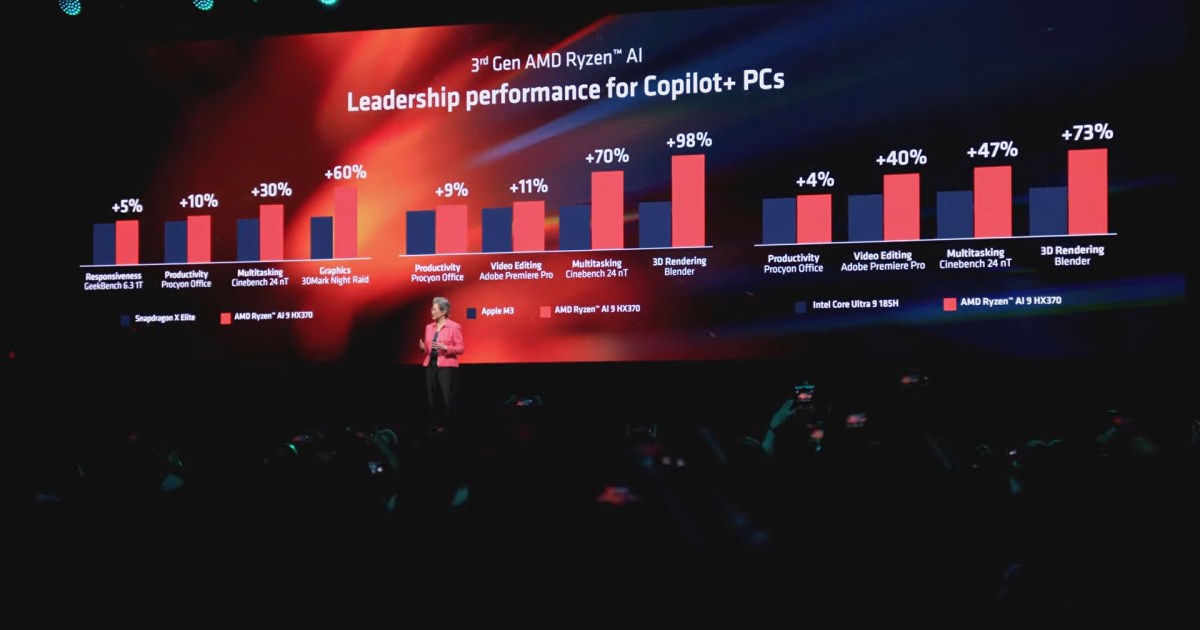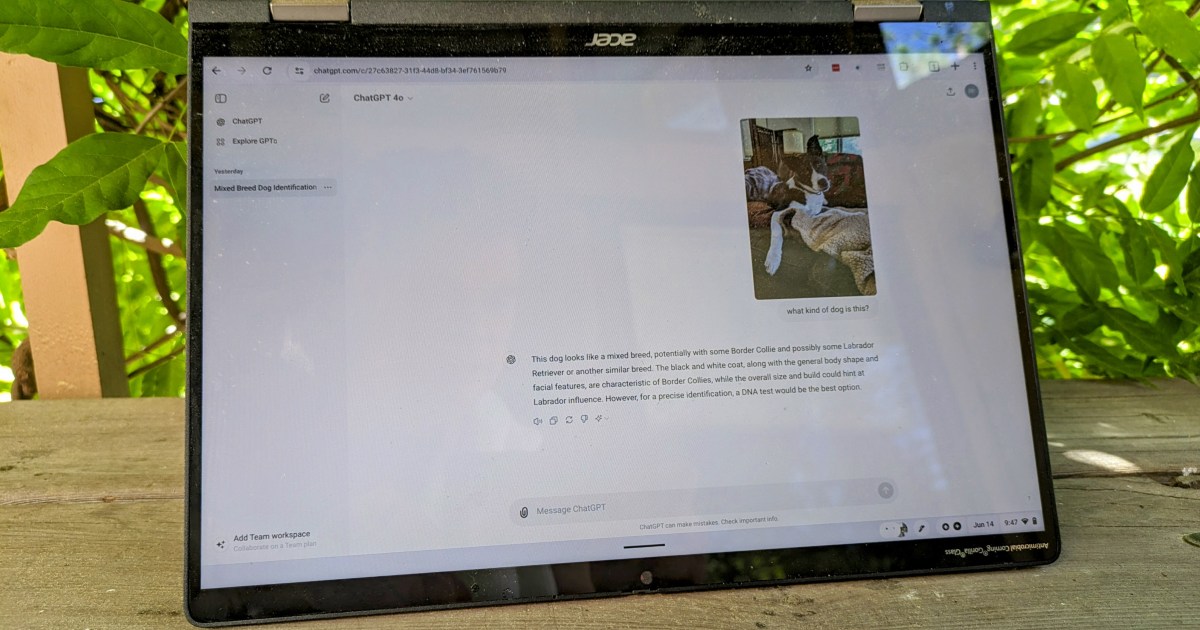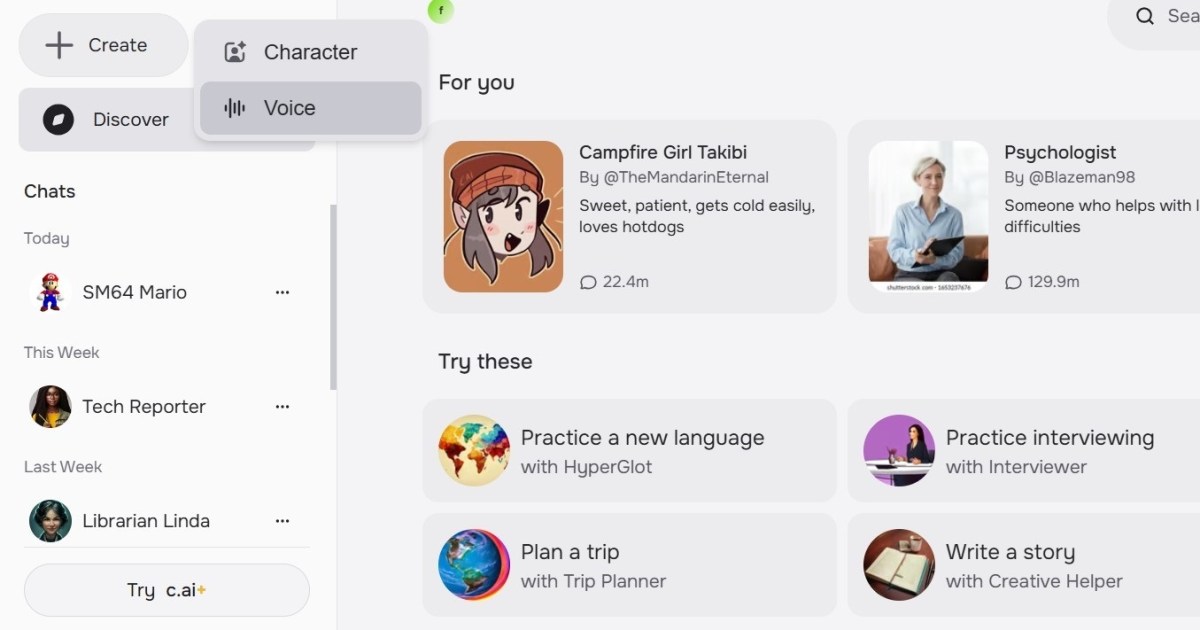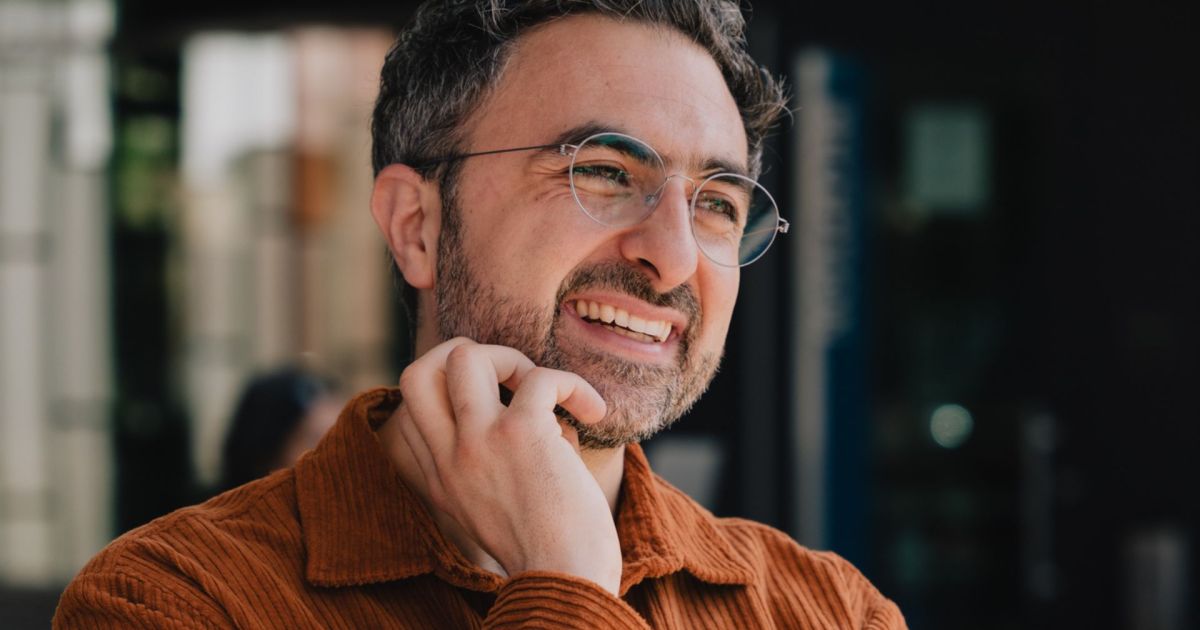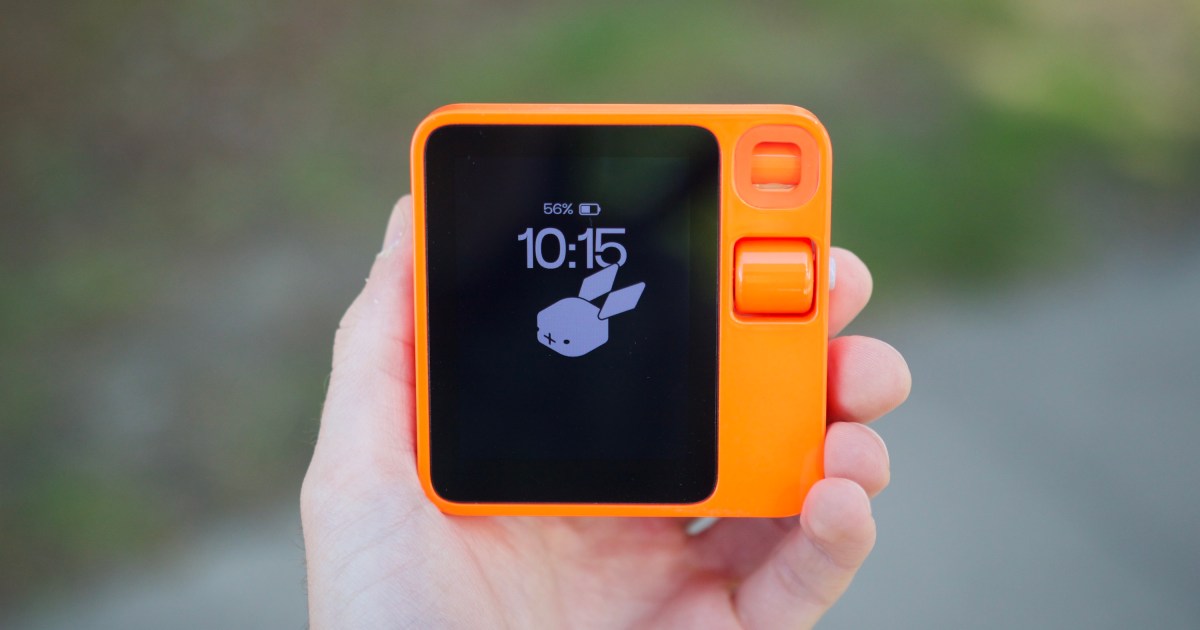 OpenAI CTO Mira Murati on stage answering questions. OpenAI’s Chief Technology Officer, Mira Murati, recently offered insights into the anticipated capabilities of GPT-5, the next iteration of their large language model. In an interview with Dartmouth Engineering, Murati likened the advancements from GPT-3 to GPT-5 as akin to academic progression, from toddler to PhD level.
OpenAI CTO Mira Murati on stage answering questions. OpenAI’s Chief Technology Officer, Mira Murati, recently offered insights into the anticipated capabilities of GPT-5, the next iteration of their large language model. In an interview with Dartmouth Engineering, Murati likened the advancements from GPT-3 to GPT-5 as akin to academic progression, from toddler to PhD level.
From Toddler to PhD: The Evolution of GPT
Murati characterized GPT-3 as having “toddler-level intelligence” and described GPT-4 as possessing the intelligence of a “smart high-schooler.” Looking ahead, she projected that within the next couple of years, GPT-5 will achieve “PhD-level intelligence” for specific tasks. This statement underscores the rapid pace of development and improvement within the field of AI. Murati’s timeline suggests a potential release for GPT-5 in late 2025 or early 2026, contradicting earlier rumors of a 2023 or mid-2024 launch.
GPT-5’s Projected Capabilities and Timeline
The projected timeline of a year and a half for GPT-5’s release pushes back earlier expectations. While GPT-4 Turbo represented a significant advancement, it wasn’t the transformative leap in intelligence that Murati’s comments suggest for GPT-5. Her prediction aligns with remarks made by Microsoft CTO Kevin Scott, who stated that next-generation AI systems will likely be able to pass PhD exams due to enhanced memory and reasoning capabilities.
Focusing on Specific Tasks
It’s crucial to note that Murati’s “PhD-level intelligence” claim is task-specific. She acknowledges that while these systems exhibit human-level performance in certain areas, they fall short in others. This nuanced perspective highlights the ongoing development needed to achieve more generalized artificial intelligence.
Conclusion
Murati’s statements provide a glimpse into the future of large language models, suggesting a significant leap in capabilities with the arrival of GPT-5. While the timeline remains uncertain, the prospect of “PhD-level intelligence” in specific tasks promises to further revolutionize how we interact with and utilize AI.




